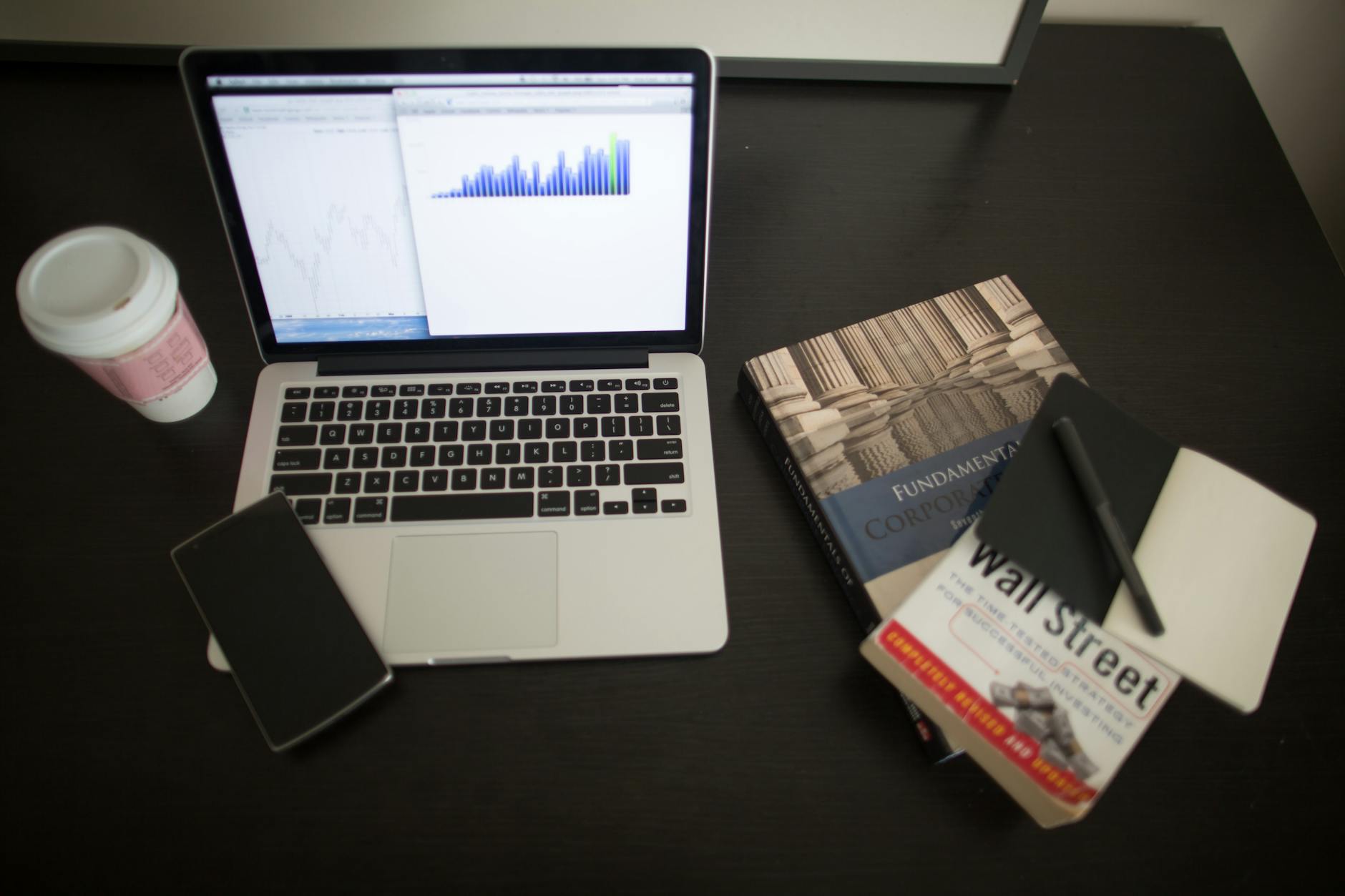What Drives the Adoption of Innovative Teaching Tools in Australia's Education Sector

Key Factors in Adoption
Curriculum Relevance
In Australia’s education sector, adopting innovative teaching tools is increasingly driven by how relevant they are to the curriculum. It's essential that these tools align seamlessly with teaching objectives, facilitating lessons that resonate well with students. Schools close to the Melbourne University campus, for instance, are capitalizing on technologies that open new pathways for interactive learning. Tools like induction loop systems could enable students to experience an enriched auditory environment, enhancing understanding and engagement in subjects like music education.
Teacher Training Needs
Without adequate training, cutting-edge technologies can seem more daunting than beneficial. To truly harness the power of advanced educational tools, schools must invest in comprehensive training programms for teachers. This includes understanding how to integrate these tools into everyday teaching seamlessly. Specialists from RMIT's advanced technology laboratories recommend that educators acquire both practical and theoretical skills to make the transition smooth and effective.
Technological Infrastructure
Implementing state-of-the-art educational technology requires robust infrastructure. Classrooms equipped with advanced loudspeakers or smart projectors need a reliable tech backbone to operate efficiently. Schools, especially those looking to be tech forward like those near Southbank’s educational technology hubs, must focus on building infrastructure that supports these advancements. Achieving this involves careful evaluation of current systems and identifying areas needing upgrades to facilitate seamless integration of new technologies.
Motivations for Using Tools
Enhancing Student Engagement
One of the primary motivations for incorporating advanced educational tools is the capacity to enhance student engagement. In my experience, integrating a motorised projector screen can transform a dry lesson into an exciting visual journey. By projecting high-quality content, you immediately capture student interest, which is a significant step towards active learning.
Facilitating Diverse Learning Styles
Adopting diverse tools also creates room for varying learning preferences. For instance, audio equipment can be essential for auditory learners. It helps them grasp complex concepts through sound, which can be particularly effective in subjects like music and languages. Such tools aid in delivering content in multiple formats, accommodating visual, auditory, and kinesthetic learners all at once.
Supporting Teacher Efficiency
When tools are efficiently integrated, they can significantly boost teacher productivity. Using technology in the classroom allows me to cover more material in less time, affording more space for personalized student interactions. In Melbourne's bustling RMIT advanced technology laboratories, innovative tech solutions aid educators in streamlining lesson preparation and execution. This efficiency enables more focus on evaluating student progress and addressing individual learning needs. By adopting these tools, teachers can focus on what truly matters: inspiring students and nurturing their growth.
Challenges and Barriers
Budget Limitations
Navigating budget constraints is a daunting task for educators like me, especially when trying to incorporate technology into the classroom. Whether it's investing in a hearing loop to aid auditory learning or acquiring motorised projector screens, the financial hurdles can be steep. As schools prioritise spending, technology for educational purposes often gets sidelined. In Melbourne, I've often observed similar challenges at institutions like Melbourne University and RMIT, where advanced technology labs provide a stark contrast to the resource limitations faced by secondary schools.
Resistance to Change
Another pressing issue is the reluctance to embrace new technology among some educators and stakeholders. This resistance can stem from a lack of familiarity with emerging tools or apprehension about altering traditional teaching methods. For instance, introducing mesh radios to enhance group musical performances in my classes requires a change in approach that some might be hesitant to adopt. Encouraging a culture of adaptability and innovation is essential to overcoming this barrier.
Access to Resources
Finally, access to resources is a persistent obstacle, particularly in schools without cutting-edge facilities like those found in Southbank's educational technology hubs. Many educators, including myself, must leverage local networks and communities to bridge this gap. This could mean collaborating with nearby universities for shared access to technology or using online platforms to share best practices. By understanding these challenges, we can identify pathways to integrate technology effectively into education, even in resource-constrained environments.
Impact on Learning Outcomes
Academic Performance
Integrating advanced educational tools can significantly bolster academic performance, especially in engaging subjects like music. A well-placed recording microphone can transform a student's learning experience by offering clear auditory examples, enhancing comprehension and retention. Incorporating such devices into classroom settings aligns with strategies seen in Melbourne's own Southbank educational technology hubs. Students gain a deeper understanding of musical nuances, which translates into improved test scores and overall academic achievement.
Student Creativity and Expression
When students have access to modern audio equipment, it greatly enhances their creative capacities. Take, for instance, motorised projector screens paired with recording tools. This setup allows students to not only see a musical score but also hear and analyze interpretations, which enriches their expressive capabilities. Encouraging creativity through technology has the added benefit of fostering an inclusive learning environment where each student's unique talents are celebrated and honed.
Collaboration and Communication
Enhanced communication is yet another benefit of leveraging technology in education. Tools such as recording microphones facilitate smoother collaboration during group activities, allowing students to share and critique each other's work with clarity and precision. Engaging in collaborative projects can mirror professional environments like RMIT's advanced technology laboratories, providing students with teamwork skills that are critical for future success. Such technology doesn't just equip students with subject-specific knowledge but also prepares them for collaborative environments they might encounter in their careers.
Mastering Innovative Tool Implementation
Initiating Pilot Programs
Unearthing the true potential of educational technology starts with strategic pilot programs. At Melbourne University and RMIT, we've seen success by first introducing motorised projector screens on a smaller scale before broader rollouts. These initial stages offer invaluable data and insights, helping educators assess the practical impact of new tools. By embracing a site like Southbank’s tech hubs, we can leverage local expertise to minimise risks. Regular assessments during these pilot phases ensure that tools align with the intended teaching outcomes.
Committing to Continuous Professional Growth
Once pilot programs pave the way, it's crucial to commit to ongoing professional development. These sessions should go beyond one-off workshops, offering educators continuous access to cutting-edge knowledge and practical skill-building opportunities. Exploring what’s possible with tools like high-end recording microphones can transform a regular classroom into an immersive learning environment. Professional development can be integrated into regular schedules, allowing educators to stay informed about new features and updates.
Establishing Feedback and Evaluation Systems
Setting up robust feedback and evaluation systems is key to refining the adoption process. Surveys and focus groups from both students and teachers across campuses, like those at RMIT’s advanced technology laboratories, provide diverse perspectives on tool effectiveness. This feedback loop enables educators to determine how well innovations enhance collaboration and communication among learners. An iterative approach to evaluation fosters a culture of responsiveness, ensuring that emergent issues are promptly addressed and that the technologies continue to evolve in alignment with educational goals.


